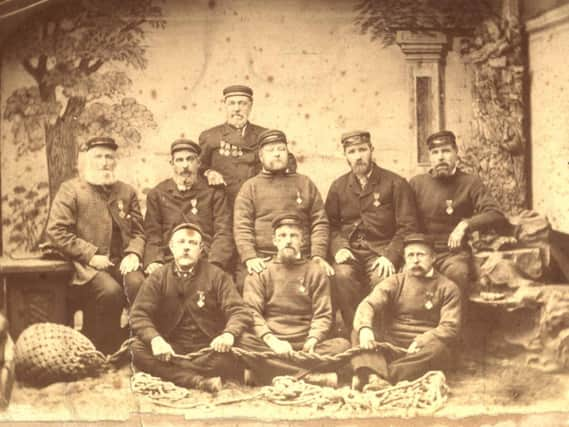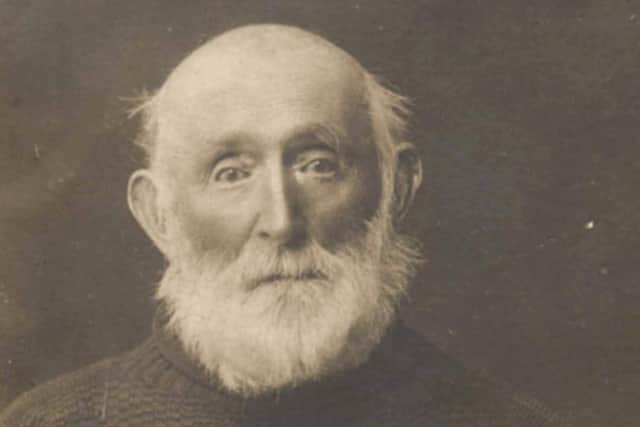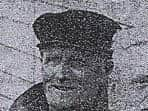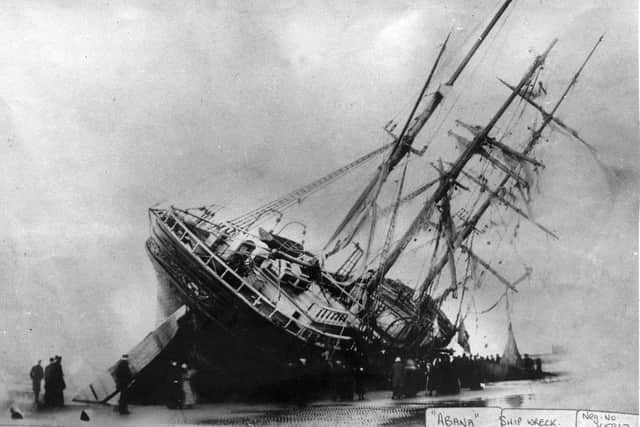Blackpool Lifeboat and the prominent names which shaped the service


When researching the story of Blackpool on the Lancashire coast there are certain prominent names that reoccur in the shaping of the town, including Bickerstaffe, Tyldesley, Parr and Rimmer.
And some of these families are particularly prominent in the town’s lifeboat history.
Advertisement
Hide AdAdvertisement
Hide AdUntil the mid-1800’s Blackpool had no official lifeboat service and relied on local fishing families to launch their boats and rescue lives from stricken vessels. Being dependant on whom and what boats were available at the time meant rescue efforts were largely uncoordinated, thus there was a clear need for an established lifeboat service. But this would require substantial funds to establish and it took ‘The Ladies and Reverends’ to achieve this.


In 1837, Reverend William Thornber, Vicar of St John’s, Blackpool, was actually writing about shipwrecks along the Fylde Coast when he glanced through his window and noticed a brig in trouble. Running down to the beach he was just in time to see it run aground, and it is thought he was witnessing the wreck of the Royal Oak bound for Liverpool from Carrickfurgus. Following this incident, he persuaded the Liverpool Dock Commissioners to contribute £20 towards a £100 target to commission a Lifeboat.
Meanwhile, Reverend R.R. Redman of Blackpool’s Victoria Congregational Church raised the issue of a lifeboat with his congregation prompting one visitor, Mrs Browne of Manchester, to contribute £100 and start a fund going. Mrs and Miss Hopkins, widow and daughter of Robert William Hopkins of Preston, added a further £250 while Miss Atherton of Manchester donated a further £100. Mrs Eccles of Blackburn, provided the land on which the first Lifeboat house would be built.
January 1864 the Lifeboat Committee formed and a vessel was built locally by Robert Bickerstaffe, who was also appointed Coxswain. Bickerstaffe already had a track record of being in the fore of sea recues, including one two years earlier he swam out to the stricken vessel Ada trailing a rope with him and rescued all but one of the crew. His other legacy was to be his son, John Bickerstaffe, who later gave Blackpool its famous Tower.
Advertisement
Hide AdAdvertisement
Hide AdThe completed lifeboat was ceremoniously launched on July 14, 1864. To reflect the generous donation of Mrs Hopkins and her daughter it was named the Robert William. In September of that year the boat responded to its first shout when the Brig St Michael of Le Havre foundered in a howling gale while en route to Fleetwood, rescuing fourteen crew members. In his report on that first mission, Bickerstaffe noted that the Robert William “Rowed well and, under sail, went like a steamer.”


Robert continued to represent the Bickerstaffe clan for the further rescues that soon followed, along with members of other prominent local families such as the Parr’s and Stanhope’s. And one other name that would recur across generations of the lifeboat crew was that of the Rimmer family.
Thomas Rimmer was born in Southport in 1856 and orphaned at the age of five. He came to Blackpool to live with his uncle John Rimmer and his family who had moved to the area some years earlier. Being brought up with his cousins Samuel, James and William, he seemingly became another brother.
John Rimmer worked for the gas board but was also part of the Blackpool volunteer lifeboat crew, his sons following in his footsteps. Thomas joined in 1877 aged 21, the Robert William still being in service and remained so until 1885. The lifeboat crew were still mainly fishermen at this time and, in the days of no telephones or cars, had to make their own way to the lifeboat station at the call of the maroon.
Advertisement
Hide AdAdvertisement
Hide AdIt is recorded that upon hearing the signal Thomas would jump out of bed and run down the street, dressing as he ran. The crew then pulled the lifeboat out of its house on Lytham Road, and across the road to reach the sea. Once launched the crew then had to row the boat, sometimes in boiling seas.


Thomas took part in a number of rescues which were covered in the press at the time. He was named in one report when the Robert William rescued passengers from the pleasure steamer Columbus in 1880, the lifeboat helping 133 passengers safely onto shore.
In 1880 William Rimmer was incapacitated after the lifeboat ran over his leg and crushed his foot while being prepared for display during that year’s Blackpool carnival. The crew of the Robert William had a meeting and agreed to set up a subscription fund to help him financially. Sadly he died a week later as a result of the inflammation from the injury, but the subscriptions were used to benefit his widow and little ones.
William was honoured on a brass plaque installed in the town centre St. John’s Church where he was originally interned, the other two named being Victor Parkinson who drowned in 1866 aged 22, and John Swarbrick who died in 1874 aged 48. His grave has since been moved and now rests at Blackpool’s historic Layton cemetery.
Advertisement
Hide AdAdvertisement
Hide AdWhen the Samuel Fletcher was brought in to replace the Robert William in 1885, Thomas remained part of the crew. In fact it was said there was always a Rimmer on board the lifeboat as others not directly related had also come from Southport to settle in Blackpool and Fleetwood.
Years later, Thomas’s eldest son, John, followed in his father’s footsteps by becoming a lifeboat volunteer. He later became a sub coxswain and deputy conductor of the lifeboat band, with James Brier as main conductor. When the band was presented in their new uniforms by John Bickerstaffe, the reported line up included no less than three Rimmers. However the name Thomas Rimmer was to persist well into the 20th Century of Blackpool’s lifeboat history. On the 26th November 1939, the serving Blackpool lifeboat Sarah Ann Austin put out to sea with a Thomas Rimmer on board to rescue the crew of 434 pilot boat called Charles Livingstone. This resulted in medals all round, including a bronze for Thomas Rimmer.